Nature has always been the ultimate innovator, crafting extraordinary solutions to help creatures survive in challenging environments. Through millions of years of evolution, animals have developed some truly bizarre adaptations that might seem like science fiction but are absolutely real. From regenerating body parts to shooting blood from their eyes, these peculiar evolutionary traits showcase nature’s incredible ingenuity and the remarkable ways species have adapted to thrive in their unique ecological niches. Let’s explore 19 of the strangest and most fascinating adaptations found in the animal kingdom that demonstrate just how wonderfully weird evolution can be.
14. The Axolotl’s Regenerative Superpowers

The axolotl, a salamander native to Mexico, possesses what might be the animal kingdom’s most impressive regenerative abilities. Unlike most vertebrates, axolotls can regrow entire limbs, parts of their brain, spinal cord, heart, and other vital organs with no scarring. Perhaps most remarkably, they can regenerate up to 70% of their heart tissue after injury and completely rebuild damaged portions of their brain. Scientists have discovered that axolotls achieve this feat through specialized cells called blastema that form at injury sites and develop into whatever tissue type is needed. This extraordinary adaptation has made axolotls invaluable research subjects for regenerative medicine, potentially offering insights that could one day help humans repair damaged tissues and organs.
13. The Bombardier Beetle’s Chemical Weapon

The bombardier beetle has evolved one of the most sophisticated defense mechanisms in nature – essentially a miniature chemical weapon system built into its abdomen. When threatened, this beetle mixes two separate chemicals (hydrogen peroxide and hydroquinones) that are stored in separate chambers. When combined in a specialized reaction chamber with catalytic enzymes, these chemicals create a violent exothermic reaction. The result is a boiling, caustic spray that can reach temperatures of 212°F (100°C) and is forcefully ejected with an audible popping sound at would-be predators. Most remarkably, the beetle can precisely aim this spray in virtually any direction, including over its back, with pinpoint accuracy. The bombardier’s internal chemistry lab is so sophisticated that it has inspired designs for spray technologies, propulsion systems, and combustion engines.
12. The Hairy Frog’s Wolverine-Like Claws

The Trichobatrachus robustus, commonly known as the “horror frog” or “hairy frog,” has developed an adaptation straight out of a superhero comic. When threatened, this Central African amphibian can break its own toe bones and push them through its skin to create sharp, claw-like protrusions for defense. These makeshift “claws” are normally kept inside the frog’s toe pads, connected to small bony nodules. When the frog contracts certain muscles, the connection breaks, and the sharp bone pierces through the skin. Once the danger passes, the bones retract back into the toe pads, and the skin heals. This voluntary bone-breaking is virtually unheard of in the animal kingdom and represents one of the most unusual defensive adaptations ever documented. The process is not fully understood, as scientists haven’t yet determined how exactly the bones retract or how quickly the skin heals after such trauma.
11. The Horned Lizard’s Blood-Squirting Eyes

The horned lizard of North America has perhaps one of the most visually dramatic defensive adaptations: when cornered by predators, it can increase blood pressure in vessels around its eyes until they rupture, shooting streams of blood up to 5 feet away. This blood isn’t ordinary – it contains chemicals that are particularly foul-tasting and noxious to canine and feline predators like coyotes and bobcats. The blood-squirting adaptation is a last-resort defense mechanism, deployed only when other tactics like camouflage, puffing up to appear larger, or displaying its intimidating crown of horns have failed. The lizard can control this response with remarkable precision and can direct the blood toward the predator’s mouth. Even more impressive, the blood vessels around the eyes quickly heal after this dramatic display, allowing the lizard to use this defense multiple times throughout its life if necessary.
10. The Pistol Shrimp’s Sonic Weapon
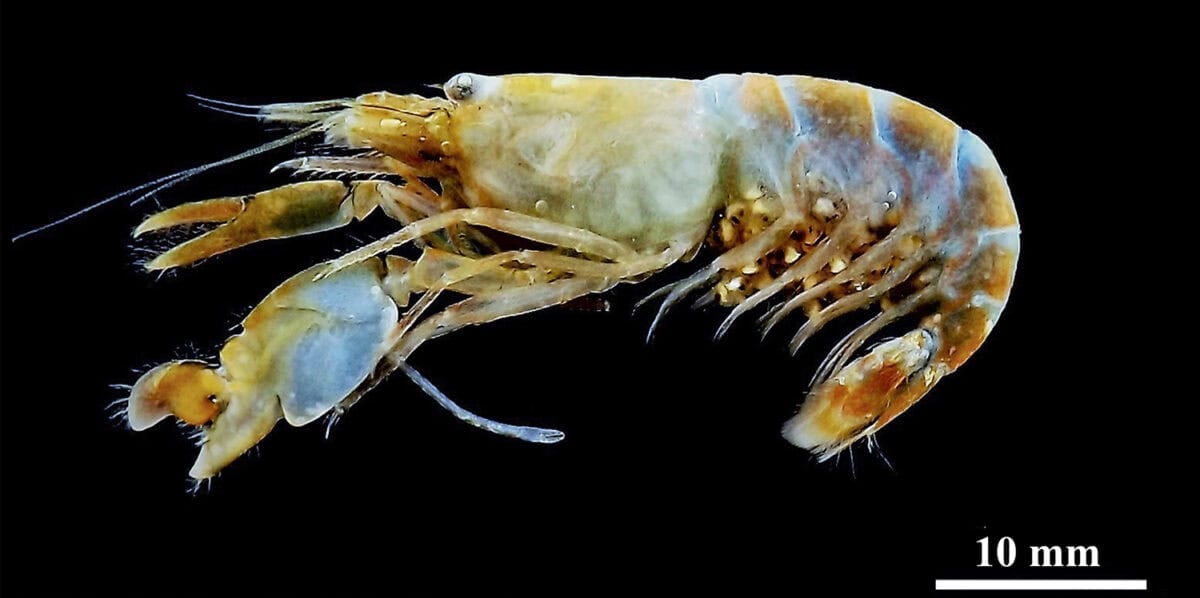
The pistol shrimp, barely an inch long, possesses what might be the loudest weapon in the animal kingdom relative to its size. One of its claws has evolved into a specialized sonic gun that creates a bubble capable of stunning or killing prey. When the shrimp rapidly closes this modified claw, a high-pressure bubble forms that travels at nearly 62 mph (100 km/h) and reaches temperatures approaching those found on the sun’s surface (8,500°F or 4,700°C) for a split second. When this bubble collapses, it produces a sound reaching 218 decibels – louder than a gunshot and capable of stunning or killing small fish. The resulting shockwave also produces a brief flash of light through a process called sonoluminescence. This adaptation is so powerful that colonies of pistol shrimp can interfere with underwater communications and even sonar equipment. In essence, this tiny crustacean has evolved a weapon that utilizes cavitation – a phenomenon engineers work hard to prevent in propellers and pumps because of its destructive force.
9. The Spiny Bush Viper’s Heat-Sensing Scales
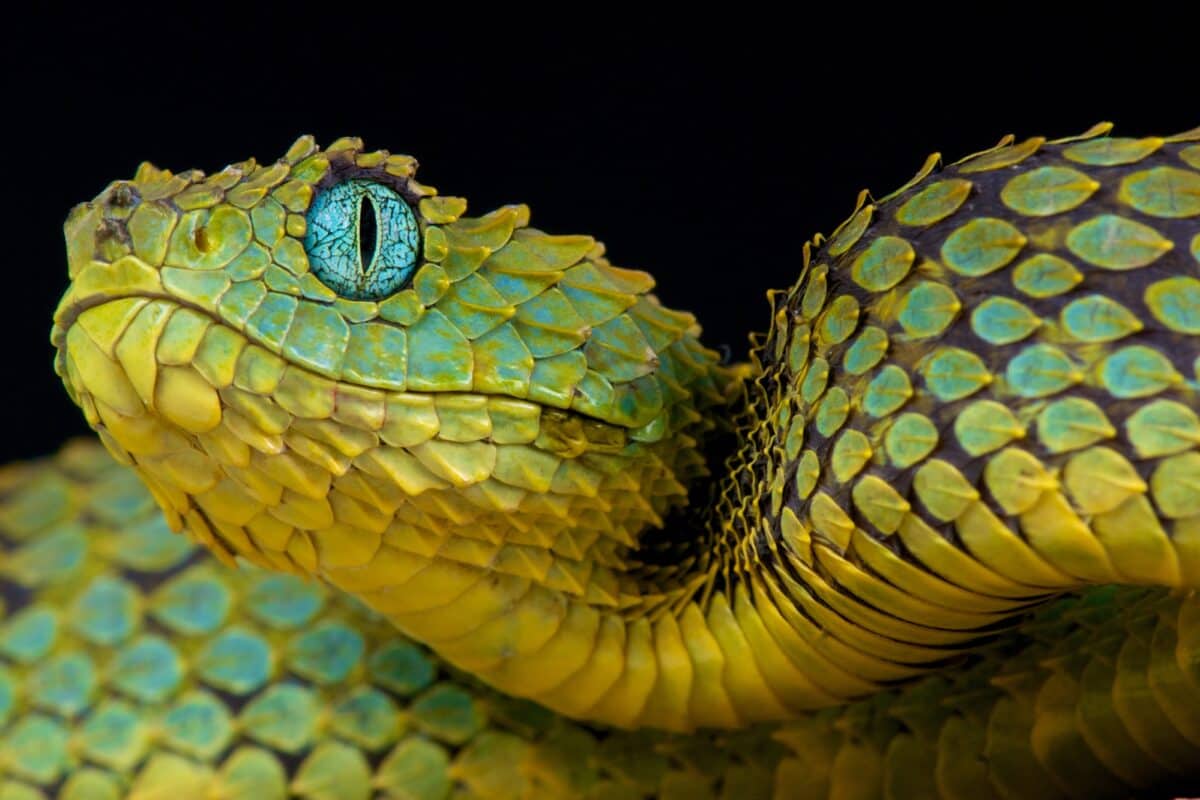
The spiny bush viper of Central Africa has evolved one of the most remarkable hunting adaptations in the reptile world. Its extraordinarily pointed, bristle-like scales aren’t just for show or protection – they function as highly sensitive heat detectors. Unlike pit vipers that have distinct heat-sensing pits, the bush viper’s entire body becomes a thermal detection system through these specialized scales. This adaptation allows the snake to detect minute temperature differences in its environment, essentially giving it a form of infrared vision that works even in complete darkness. When warm-blooded prey animals like birds or mammals come within range, the snake can accurately strike despite having relatively poor eyesight. What makes this adaptation particularly unusual is how the snake has essentially turned its entire outer covering into a sensory organ, combining defensive protection with predatory capabilities in a single evolutionary feature. The extreme specialization of these scales also creates the viper’s distinctive appearance, which some scientists believe may serve as additional camouflage in its thorny forest habitat.
8. The Indonesian Mimic Octopus’s Shape-Shifting Abilities

Discovered only in 1998, the Indonesian mimic octopus possesses perhaps the most sophisticated mimicry abilities in the animal kingdom. While many octopuses can change color and texture to blend with their surroundings, the mimic octopus goes several steps further – it can impersonate at least 15 different species, including dangerous ones. This remarkable cephalopod can transform not just its appearance but its behavior to mimic toxic flatfish, venomous sea snakes, stinging lionfish, and deadly jellyfish. It achieves these transformations through a combination of chromatophores (color-changing cells), specialized muscles that alter skin texture, and remarkable control over its flexible body. When impersonating a sea snake, for instance, it buries six of its arms, changes color to display black and white bands, and waves its visible arms in opposite directions to mimic a pair of venomous snakes. What makes this adaptation particularly extraordinary is the octopus’s apparent ability to select which dangerous animal to impersonate based on the specific threat it faces, suggesting a level of situational awareness and decision-making rarely seen in invertebrates.
7. The Surinam Toad’s Back-Hatching Offspring
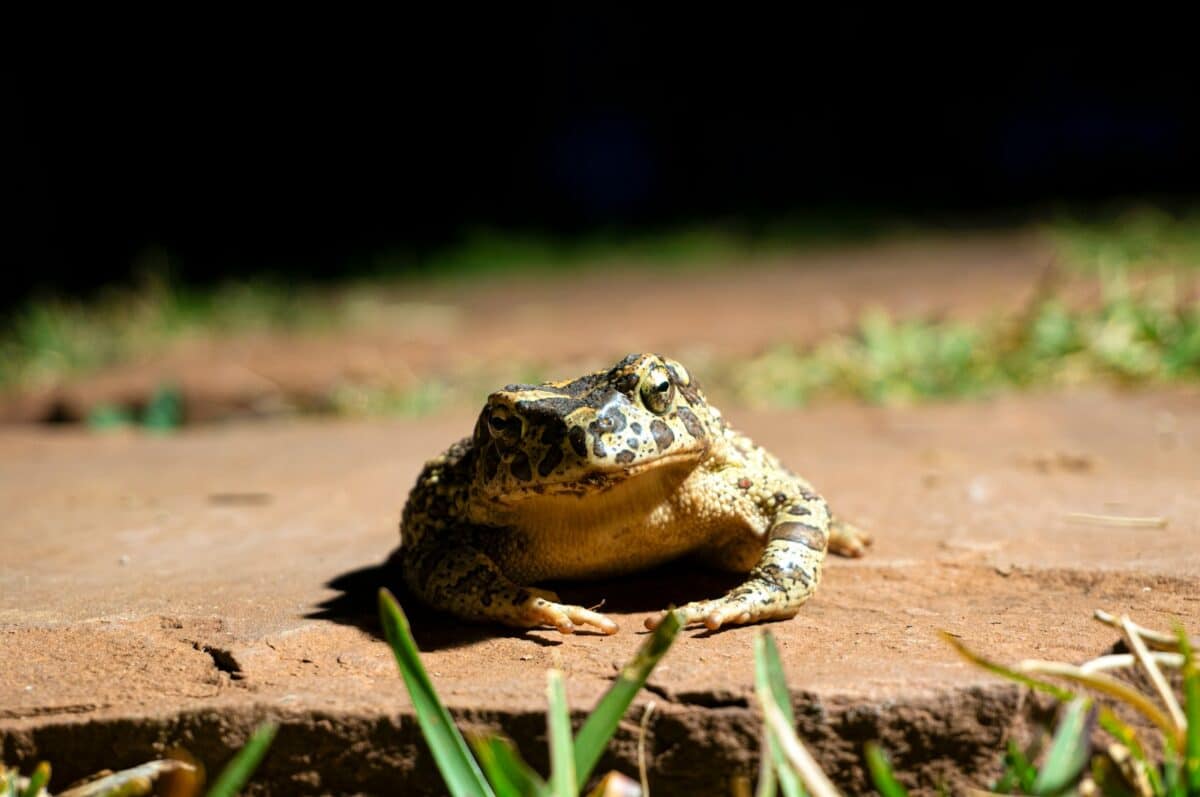
The Surinam toad has developed one of the most visually disturbing reproductive adaptations in the animal kingdom. During mating, the male attaches eggs to the female’s back, where her skin grows over them, creating individual pockets or honeycomb-like chambers. The embryos develop entirely within these pockets on the mother’s back for several months, undergoing complete metamorphosis from egg to tadpole to fully-formed toadlet. When development is complete, the young toads emerge by literally pushing through their mother’s skin in a scene reminiscent of science fiction horror. The female can carry up to 100 offspring on her back at once, and the emergence doesn’t harm her – her skin simply heals after the young have departed. This bizarre breeding strategy evolved as an adaptation to protect vulnerable eggs and tadpoles from predators in the toad’s South American aquatic habitats. Rather than laying eggs in water where many would be consumed, the Surinam toad essentially converts her own body into a living nursery, dramatically increasing offspring survival rates while creating one of nature’s most unusual parenting methods.
6. The Lyrebird’s Extraordinary Vocal Mimicry

Australia’s lyrebird possesses perhaps the most sophisticated vocal mimicry abilities of any animal on Earth. This remarkable bird can accurately reproduce virtually any sound it hears in its environment – from the calls of up to 20 different species of birds to the mechanical sounds of human civilization. Lyrebirds have been documented perfectly imitating camera shutters, car alarms, chainsaws, construction equipment, and even complete musical instruments. What makes this adaptation particularly extraordinary is the precision of the mimicry – a lyrebird’s reproduction of a kookaburra’s laugh or a chainsaw’s roar is often indistinguishable from the original sound, even to human ears. The bird achieves this feat through its highly developed syrinx (the avian equivalent of a larynx), which has uniquely complex musculature that allows for unprecedented control over sound production. Male lyrebirds incorporate these imitations into elaborate mating displays, using their remarkable repertoire to attract females. This vocal virtuosity likely evolved as a way for males to demonstrate their cognitive abilities and learning capacity to potential mates, essentially advertising their genetic fitness through acoustic showmanship.
5. The Mantis Shrimp’s Supersonic Punch

The mantis shrimp possesses what might be the fastest and most powerful striking mechanism in the animal kingdom. Its specialized forelimbs, called dactyl clubs, can accelerate at speeds comparable to a .22 caliber bullet – reaching 50 mph (80 km/h) from a standing start in just a few milliseconds. The strike is so powerful it creates cavitation bubbles in the water that collapse with tremendous force, producing temperatures nearly as hot as the sun’s surface and generating a shock wave that can stun or kill prey even if the punch misses. The mantis shrimp’s strike is so formidable it can break aquarium glass and split human thumbs to the bone. Perhaps most remarkably, the shrimp’s club is engineered with specialized carbon fiber-like structures arranged in a helicoidal pattern that prevents it from shattering despite delivering thousands of these supersonic blows. This natural design is so effective that materials scientists have studied it to develop better body armor, sports equipment, and aerospace materials. Beyond its remarkable weapon, the mantis shrimp also possesses the most complex visual system known in nature, with up to 16 photoreceptors (compared to humans’ three) that can see ultraviolet, infrared, and even detect polarized light.
4. The Platypus’s Electroreception and Venom
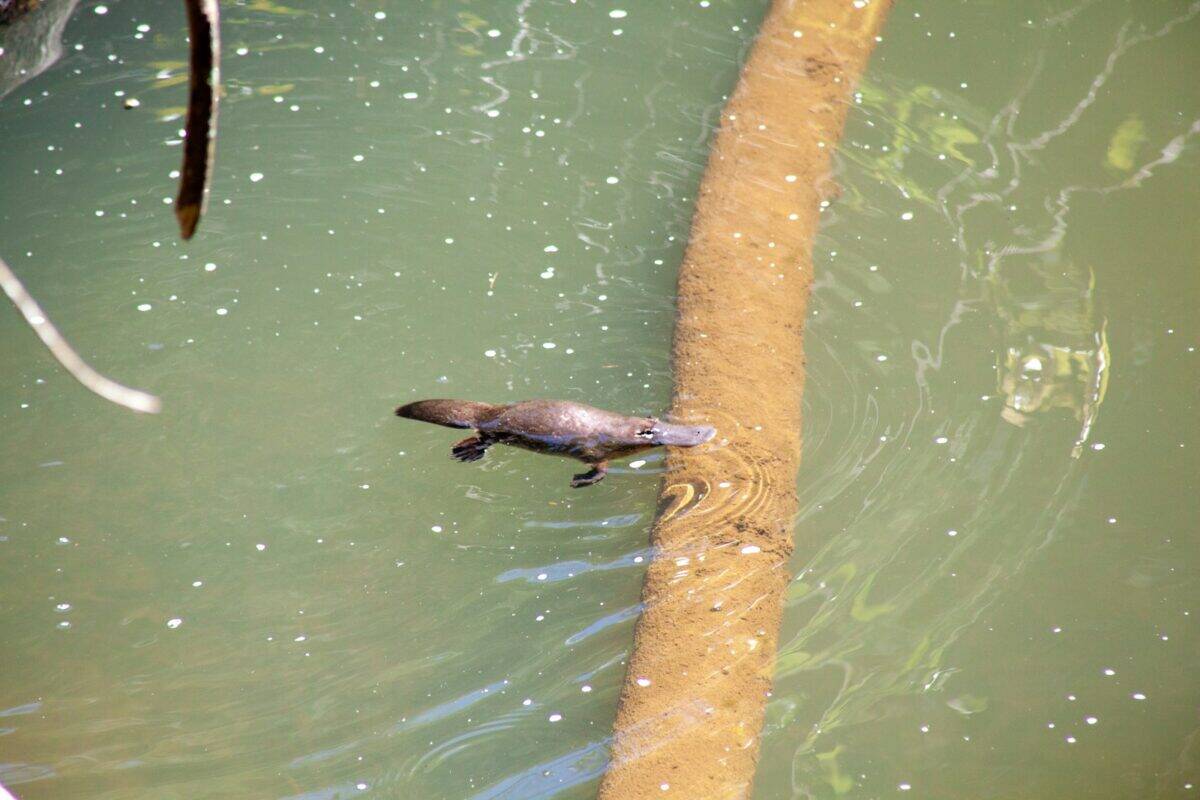
The platypus has long been considered one of nature’s oddest creations, but its strange appearance masks even stranger adaptations. This egg-laying mammal hunts using electroreception – specialized receptors in its bill that detect the tiny electrical fields generated by the muscle contractions of prey animals. When hunting, the platypus closes its eyes, ears, and nostrils completely, navigating solely through these electrical sensors with such precision it can locate prey buried in river sediment with remarkable accuracy. Adding to its peculiarity, male platypuses possess venomous spurs on their hind legs – making them one of the few venomous mammals in existence. This venom, delivered through hollow spurs connected to venom glands, causes excruciating pain in humans and can kill smaller animals. The pain is so intense it cannot be relieved with morphine and may last for months. Scientists believe the venom evolved primarily for competition between males during breeding season rather than for defense or hunting. The combination of electroreception, venomous capability, egg-laying, and duck-like bill makes the platypus one of the most unusually adapted mammals on Earth, so much so that when specimens were first sent to Europe, scientists believed they were elaborate hoaxes.
3. The Wood Frog’s Freeze-Thaw Cycles

The wood frog has developed perhaps the most extreme cold-weather adaptation among vertebrates – it can literally freeze solid during winter and thaw back to life in spring. As temperatures drop, these remarkable amphibians allow up to 65% of their total body water to freeze, stopping their heart completely and ceasing all breathing and brain activity. Their cells pump out most of their water content, and their liver produces massive amounts of glucose and urea that act as natural antifreeze, preventing lethal ice crystal formation within cells. During this frozen state, the frog has no measurable heartbeat, brain activity, or metabolism – by most clinical definitions, it is dead. Yet when spring arrives and temperatures rise, the frog’s tissues thaw, its heart spontaneously restarts, and it resumes normal function within hours as if nothing happened. This extraordinary adaptation allows wood frogs to survive in regions of Alaska and Canada where winter temperatures can reach -40°F (-40°C). Scientists studying this remarkable ability hope it might someday lead to breakthroughs in organ preservation for transplantation and trauma medicine, potentially allowing human tissues to be preserved in similar states for extended periods.
2. The Hagfish’s Defensive Slime
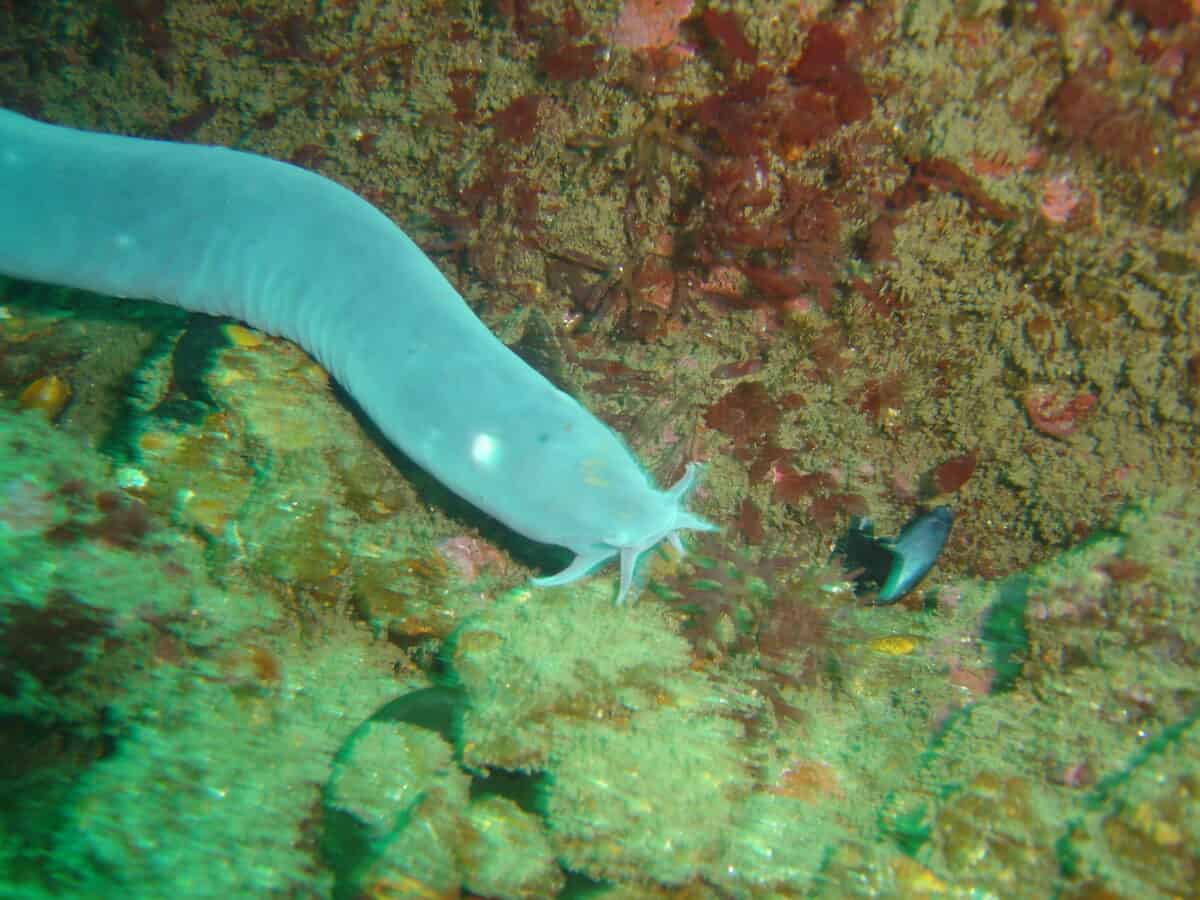
The hagfish has developed perhaps the most disgusting yet effective defensive adaptation in the ocean – when attacked, it instantaneously produces copious amounts of slime that can expand to 10,000 times its original volume in less than half a second. A single hagfish can fill a five-gallon bucket with slime in moments. This remarkable substance consists of mucus and tens of thousands of protein threads that are thinner than human hair but stronger than nylon pound-for-pound. When released, these threads uncoil and interact with seawater to create a slime matrix so effective it can clog the gills of predatory fish, forcing them to either release the hagfish or suffocate. The slime is so cohesive that predators often have to spend significant time clearing their mouths and gills, giving the hagfish ample opportunity to escape. Perhaps most impressively, the hagfish can clear itself of its own slime by tying itself into a knot and sliding the knot from head to tail, scraping off the slime in the process. This unique defensive adaptation has inspired materials scientists who are working to synthesize hagfish slime for applications ranging from sustainable fabrics to protective gear, as the protein threads are remarkably similar to spider silk in their combination of strength and elasticity.
1. The Pearlfish’s Unusual Dwelling

The pearlfish has evolved one of the most unusual and seemingly uncomfortable living arrangements in nature – it makes its home inside the anus and respiratory tract of sea cucumbers and other marine invertebrates. This bizarre adaptation serves multiple purposes, providing the pearlfish with protection from predators, a steady food supply, and a safe place to reproduce. The fish typically enters its living host tail-first during the night when the sea cucumber is breathing through its posterior opening (cloaca). Some pearlfish species are commensals, meaning they don’t harm their hosts and simply use them for shelter. Others, however, are parasitic and will feed on the sea cucumber’s gonads and internal tissues. In extreme cases, multiple pearlfish may inhabit a single sea cucumber, with up to seven fish recorded living inside one unfortunate host. Perhaps most remarkably, the pearlfish has developed specialized adaptations to survive in this oxygen-poor, high-carbon dioxide environment, including modified gill structures and the ability to tolerate the sea cucumber’s defensive chemicals. Some species have even evolved slender, transparent bodies specifically to facilitate this unusual lifestyle, making the pearlfish a prime example of how evolution can produce highly specialized adaptations to exploit unique ecological niches.
Conclusion:
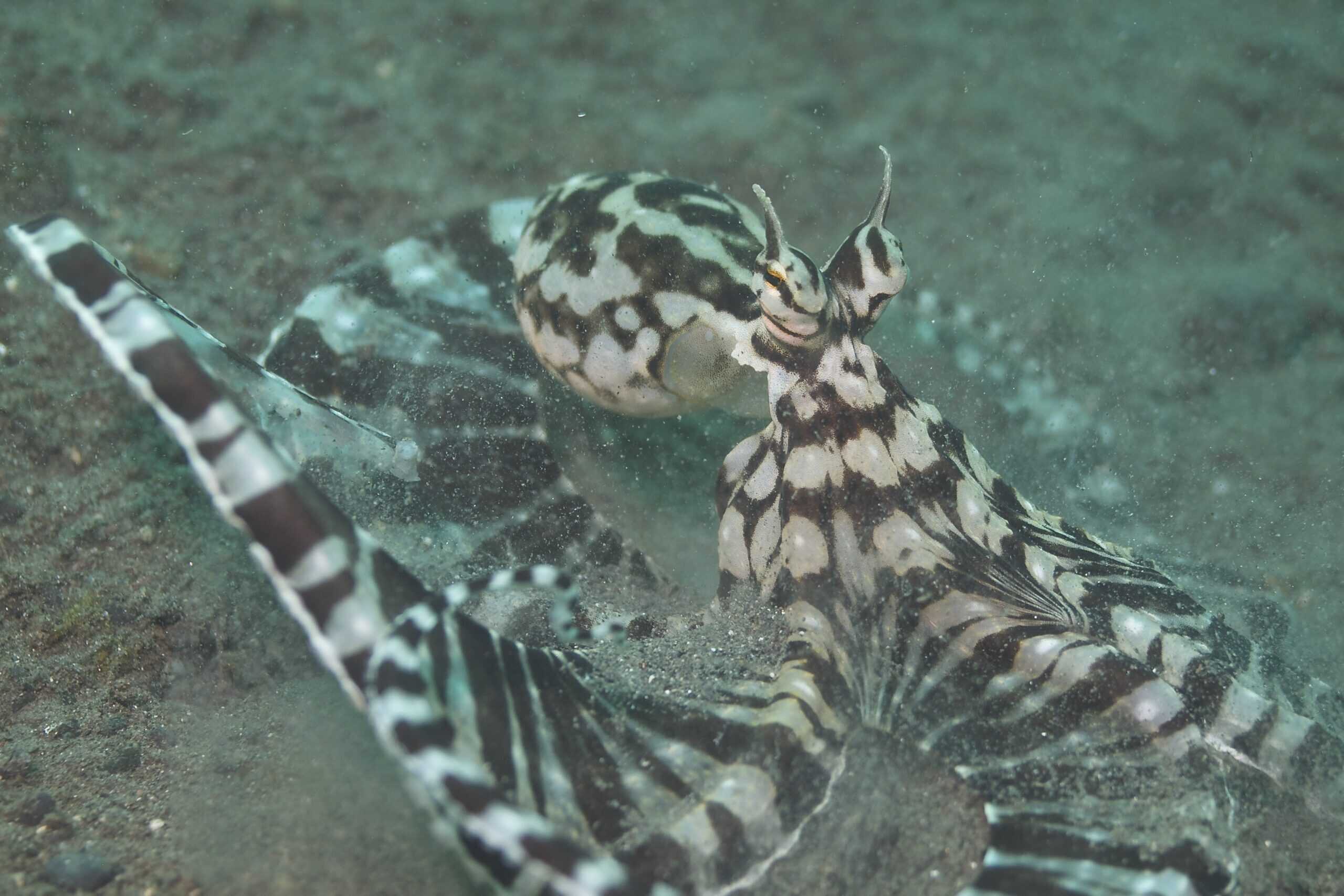
The astonishing adaptations showcased in these animal species are a powerful reminder of evolution’s limitless creativity and problem-solving genius. From chemical warfare to sonic weapons, shape-shifting, regenerative powers, and even living inside other creatures, nature has found extraordinary ways to help life survive, thrive, and outwit danger in the harshest environments. These bizarre yet brilliant traits are not only fascinating curiosities—they’re blueprints for survival, honed over millions of years. As scientists continue to study these adaptations, they not only deepen our understanding of the natural world but also inspire innovations in medicine, engineering, and technology. Ultimately, these remarkable creatures remind us that in evolution, there is no such thing as “normal”—only what works.
4o
- 10 Animals That Risked Their Lives to Save Humans - August 9, 2025
- 14 Reasons Why Bears Are Afraid of Humans (Most of the Time) - August 9, 2025
- 11 Frogs That Look Too Weird to Be Real - August 9, 2025

